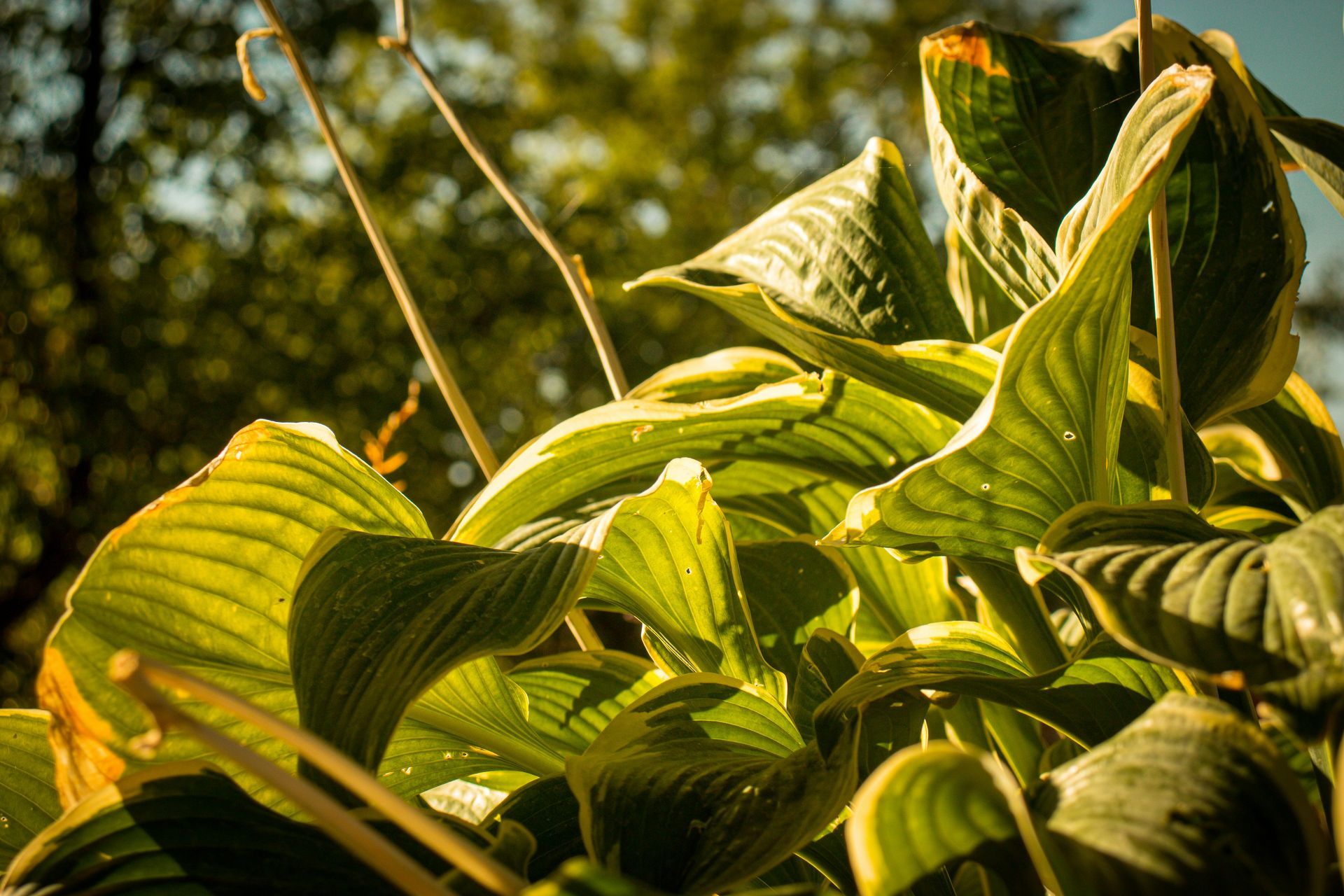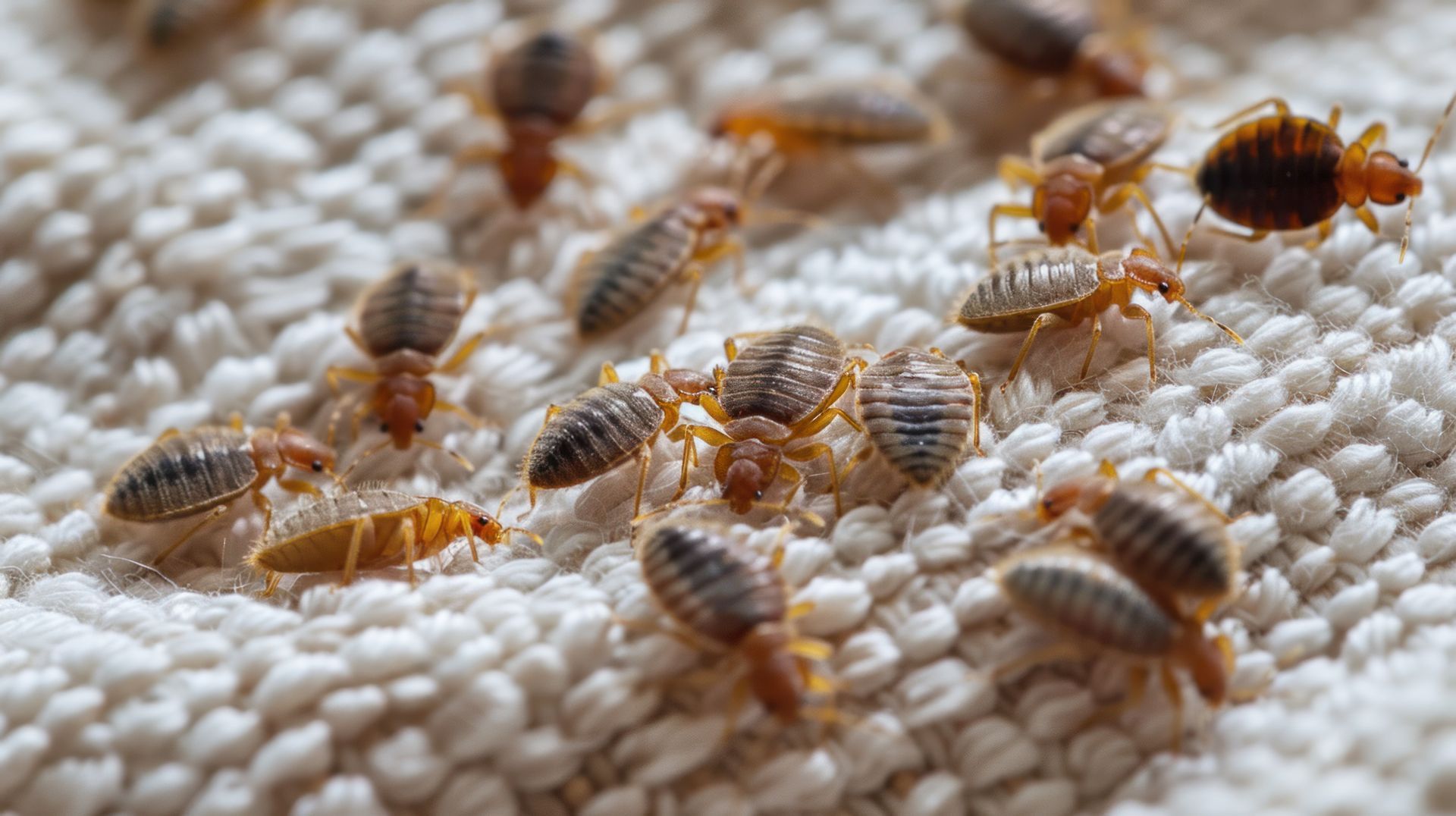Embrace the Future: Smart Pest Control for Eco-friendly Homes
In the ongoing pursuit of sustainable living, the future of pest control in eco-friendly homes is taking a smarter turn. By harnessing the power of technology and eco-conscious practices, smart pest control solutions are revolutionizing the way we manage unwanted critters in our living spaces. From non-toxic treatments to advanced monitoring systems, these methods not only effectively control pests but also contribute to the overall well-being of our planet.
The Evolution of Pest Control: From Traditional Methods to High-Tech Solutions
Pest control has come a long way from its origins, transitioning from rudimentary tools and natural remedies to sophisticated, high-tech solutions. Traditional methods, while sometimes effective, often involve the use of harmful chemicals or labor-intensive traps that require constant monitoring. With advancements in technology, modern homeowners in Nevada have access to smart traps and sensors. These devices represent a groundbreaking shift in how we manage and prevent pest invasions in our homes.
Understanding Smart Pest Detection Technologies
Smart traps and sensors are designed to offer a more streamlined, less intrusive approach to pest control. Unlike conventional traps, smart traps are equipped with technology that allows them to communicate with homeowners. Essentially, these devices can detect the presence of pests, capture or repel them, and then send real-time alerts to the homeowner's smartphone or central system. This category includes a variety of types, from smart mousetraps to insect detectors, each optimized for different pests.
Sensor technology in pest detection has also seen significant advancements. These sensors can track movement, heat signatures, or even the specific sounds of pests. This sensitivity allows for the early detection of potential infestations, long before they become visible to the naked eye. The most striking advantage of these technologies is their ability to provide ongoing monitoring without the need for toxic chemicals, aligning perfectly with eco-friendly pest management practices.
Real-Time Monitoring: The Game Changer in Pest Detection
The introduction of real-time monitoring in pest control has revolutionized how homeowners manage pest threats. This feature enables immediate notification upon detection of pest activity, allowing for swift action. Nevada homeowners especially benefit from this technology, as it provides peace of mind, knowing their homes are being monitored 24/7. Real-time data collection offers insights into pest behavior and infestation patterns, thereby enhancing the effectiveness of pest management strategies.
As we look at the intersection of technology and pest control, it's clear that smart traps and sensors are more than just gadgets; they are essential tools for modern homes. These innovations not only offer convenience and safety but also represent a significant step forward in making pest control more humane and environmentally friendly. With the ongoing advancements in this area, Nevada residents can look forward to even more sophisticated solutions in the future.
Enhancing Home Security with Smart Pest Detection
The integration of smart pest detection technologies into modern homes goes beyond mere pest management—it significantly enhances overall home security. By providing homeowners in Nevada and beyond with real-time data and alerts, these high-tech devices play a crucial role in safeguarding against the damage and discomfort caused by pests.
One of the most significant
advantages of smart pest detection systems is their ability to integrate seamlessly with existing home security systems. This synergy allows for a comprehensive approach to home safety, extending protection to include potential pest threats. For instance, a smart mousetrap equipped with Wi-Fi can send alerts directly to a homeowner's smartphone or even trigger an alarm within the home security system upon detecting a rodent. This level of integration ensures that homeowners are always informed and in control, capable of responding promptly to threats.
There have been numerous success stories highlighting the effectiveness of smart pest detection in enhancing home security. In one case, a homeowner in Nevada was alerted to the presence of rodents in their vacation home while they were away. Thanks to real-time notifications from their smart traps, they were able to address the issue immediately, preventing significant damage. In another instance, smart sensors installed around a property detected unusual activity that turned out to be a pest infestation in its early stages. The early detection allowed the homeowners to resolve the problem quickly, avoiding more severe infestations and the associated damage.
These cases exemplify the dual benefits of smart pest detection systems: protecting physical property from the damage pests can cause and providing mental peace of mind. The modern homeowner can rest assured that their home is continuously monitored, and should the situation arise, they are equipped with the necessary tools to take immediate action. As these technologies continue to evolve, their integration into home security systems will likely become more sophisticated, offering homeowners an even greater level of control over their property's safety.
The emergence of smart traps and sensors marks a significant milestone in the evolution of home security and pest control. By leveraging technology, homeowners now have access to tools that are not only effective in detecting and managing pest-related issues but also integral components of a comprehensive home security strategy. As we advance, the possibilities for smart home integration and pest management seem boundless, promising a future where homes are safer, smarter, and entirely in tune with the needs of their inhabitants.
Eco-Friendly Pest Management with Smart Technologies
As the world becomes more environmentally conscious, the demand for eco-friendly solutions in all aspects of life has increased—pest control included. Smart traps and sensors are not just innovative for their technological prowess but also their compatibility with green pest management practices. By leveraging precise detection and targeted intervention, these devices minimize the need for chemical pesticides, which can harm the environment and non-target species.
Traditional pest control often involves blanket treatments with chemicals, regardless of the scale or nature of the infestation. This approach not only poses risks to the environment but can also lead to pest resistance over time. Smart traps and sensors, on the other hand, offer a more surgical strike. For example, a smart trap can capture rodents without the use of poison, while sensors can detect termite activity, allowing for localized treatment rather than widespread chemical application.
Installation and Maintenance of Smart Pest Detection Devices
Installing smart pest detection devices in a Nevada home is a straightforward process that typically involves positioning sensors and traps in strategic locations where pests are likely to enter or have been detected previously. Many of these devices come with user-friendly apps, that provide step-by-step installation guides and tips for optimal placement. Maintenance generally involves regular checks to ensure devices are operational, cleaning them to prevent false alerts, and replacing batteries as needed.
Regularly monitoring the app associated with these devices can also provide valuable insights into pest activity patterns, helping homeowners better understand and manage potential threats over time. Some smart systems are capable of learning from the data they collect, improving their detection and alert algorithms to become even more effective.
Pros and Cons of Adopting High-Tech Pest Detection
For Nevada homeowners considering smart pest detection, the benefits are significant. Real-time monitoring and data collection can lead to earlier detection of infestations, potentially saving thousands of dollars in home repairs. The convenience of receiving instant alerts and being able to monitor one's home remotely offers peace of mind, especially for those who travel frequently or own multiple properties.
Potential limitations exist, including initial costs and the need for a reliable Wi-Fi connection. There may be a learning curve for those less comfortable with technology. Despite these challenges, the advantages of smart pest control methods—particularly their contribution to eco-friendly pest management—often outweigh the drawbacks for many Nevada homeowners.
Conclusion: Smart Pest Detection as the Future of Home Pest Management
Smart traps and sensors stand at the forefront of a revolution in pest control. Through real-time monitoring, eco-friendly practices, and seamless integration with home security systems, these technologies offer an unparalleled level of protection against pests. As we look to the future, it's clear that the path forward in pest management is digital. For homeowners in Nevada and beyond, adopting smart pest detection means not only safeguarding their homes more effectively but doing so in a way that is kinder to our planet.
Ready to embrace a greener future for your home? Contact Natura Pest Control now to learn more about our smart pest control services tailored to fit your eco-conscious lifestyle.





